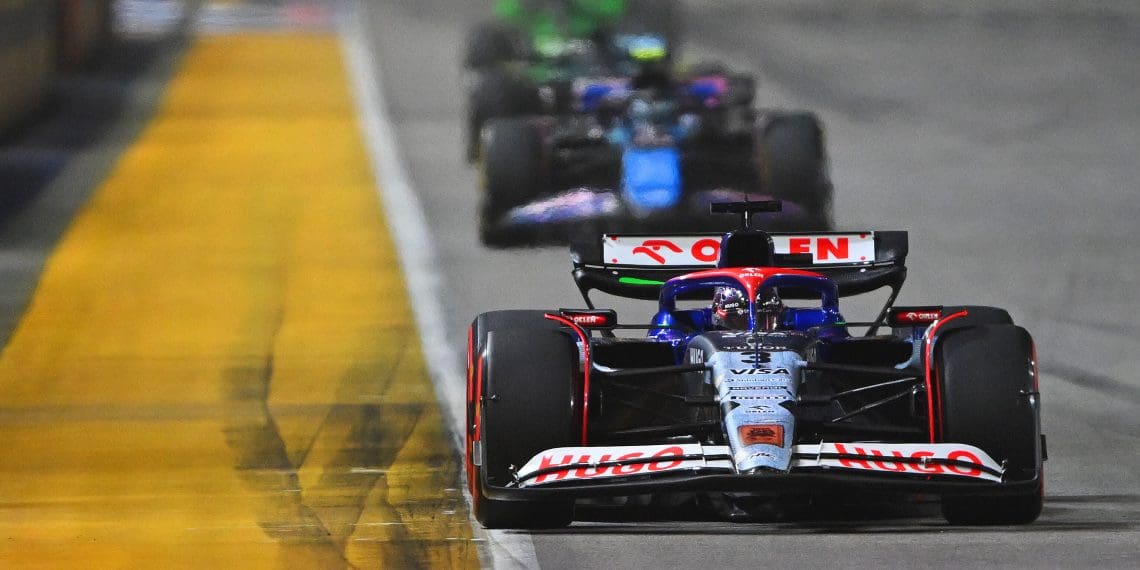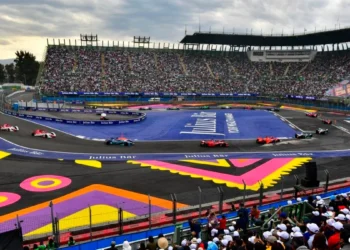Daniel Ricciardo’s late-race fastest lap in Singapore has reignited debate not only about the contentious issue of common ownership in Formula 1 but also about the fundamental flaws of awarding a bonus point for the fastest lap. Introduced in 2019, the rule was meant to add excitement by encouraging drivers to take risks late in races. However, the events at Marina Bay have once again highlighted the rule’s absurdity and its potential to impact championship outcomes unfairly.
A Flawed Concept from the Start
The fastest lap point was originally part of F1 from 1950 to 1959 before being shelved for six decades. Its reintroduction aimed to create another talking point and reward drivers willing to push hard in the closing stages of a race. Yet, the rule’s designers were well aware of its pitfalls, leading to the stipulation that the point would only be awarded if the driver finished in the top 10. This clause was intended to prevent backmarkers from turning the end of races into meaningless battles for a single point, disconnected from the true competitive nature of the sport.
But even with these restrictions, the rule is still ripe for exploitation. The incident in Singapore, where Ricciardo’s fastest lap denied Lando Norris a critical point in the championship fight, is a glaring example. Ricciardo, driving for VCARB, Red Bull’s sister team, may not have directly benefited, but his actions certainly did not harm his Red Bull allies.
A Point That Doesn’t Reflect Real Achievement
The fastest lap point often has little to do with actual race performance. High-degradation tires and strategic late pit stops mean the point frequently goes to those who can afford to make a ‘free’ stop for fresh tires and low fuel. This situation usually favors underperformers who have no other objectives left in the race, essentially turning the bonus point into a consolation prize rather than a reward for excellence.
Consider the absurdity: a race leader cannot pit for fresh tires without sacrificing their position, while a slower teammate or backmarker, running well behind, can easily stop and claim the fastest lap. This scenario doesn’t reward true racing skill but rather circumstances, often completely disconnected from the competitive landscape.
Fastest Lap: A Misleading Metric of Performance
Statistics since the rule’s reintroduction tell the story. In 122 races, the fastest lap point has been awarded to the race winner only 36 times, underscoring how the point is often detached from true performance. The fastest laps have been claimed by drivers finishing as low as 18th, demonstrating just how random and incongruous this bonus can be.
Worse still, the point has gone unclaimed 14 times, mostly because it was set by drivers outside the top 10—further evidence that this bonus often has no bearing on the actual race.
A Rule That Adds Chaos, Not Competition
The fastest lap rule creates farcical situations and distorts the essence of racing. Points in F1 should celebrate genuine achievement, not be handed out like prizes at a carnival game. The fastest lap point, often breezed through on a late pit stop, or gained by strategic happenstance, does not fit into the ethos of fair competition.
Imagine a season finale where a world championship could be decided by a backmarker’s tactical fastest lap. Such a scenario undermines the integrity of the sport, turning it into a spectacle of chance rather than a pure contest of speed, skill, and strategy.
The Solution: Ditch the Fastest Lap Point
Formula 1 should do away with this trivial and often meaningless rule. At best, it adds nothing of value, and at worst, it could decide a championship in a way that feels more like a lottery than a battle of the best. If F1 is serious about maintaining the integrity of its points system, it’s time to scrap the fastest lap bonus and let racing results speak for themselves.









